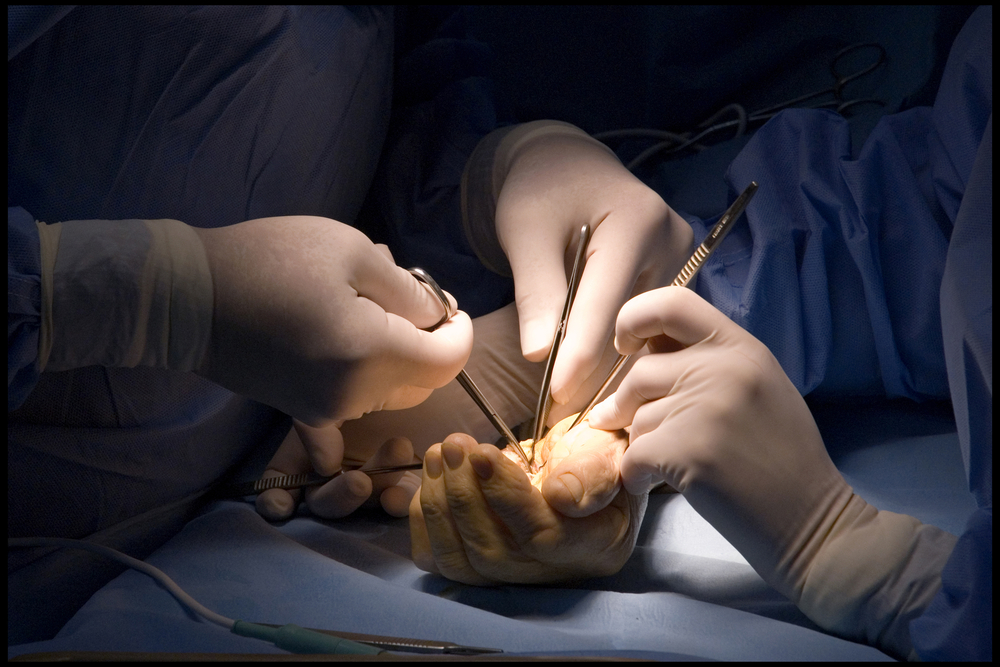The field of hand surgery is one of the more recent surgical specialties to emerge. Major developments in hand surgery in the United States occurred during World War II. The tragedy and loss as a result of the war served as a catalyst for medical and surgical advancements. Numerous hand injuries from battle overwhelmed the physicians who cared for injured soldiers. The Surgeon General, Dr. Norman T. Kirk, realized the need for specialized care of the injured hand. He recognized that repair of damaged hands required combined expertise from a variety of subspecialty fields – orthopedic, plastic, neurologic, and vascular surgery. However, it was impractical if not impossible for these specialists to work simultaneously or in series during combat.

Therefore, Dr. Kirk established nine regional hand centers at Army Hospitals in the United States, responsible for treating wounded soldiers and training surgeons in the complete care of the hand. The military hand centers ranged geographically from Menlo Park, CA in the West, to El Paso, TX in the South, to Framingham, MA in the East.
Dr. Sterling Bunnell, a private practice general surgeon from San Francisco, was called by Dr. Kirk to lead the training programs. As a consultant to the U.S. Army, Dr. Bunnell travelled between the military hand centers and dedicated his career to educating hand surgeons. He was instrumental in the reconstruction and rehabilitation of approximately 20,000 hands of soldiers. Using his experience, Dr. Bunnell wrote a textbook which served as the premier reference for hand surgery for nearly 30 years. Many of the great pioneers in the field of hand surgery were influenced by the hands of Dr. Bunnell. In 1946, several of his trained surgeons founded the American Society for Surgery of the Hand, an organization which now has over 3,000 members.
Modern hand surgeons are indebted to these giants who have expanded our understanding and abilities in treatment of the hand.
